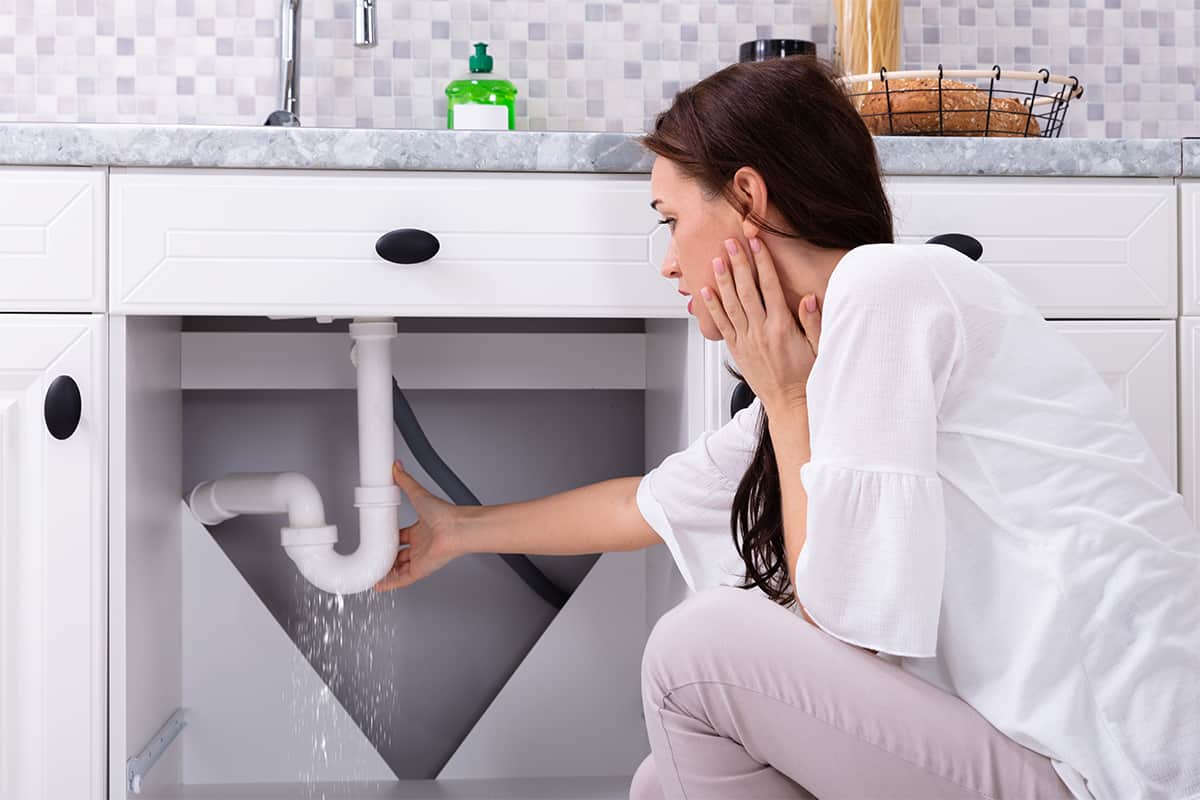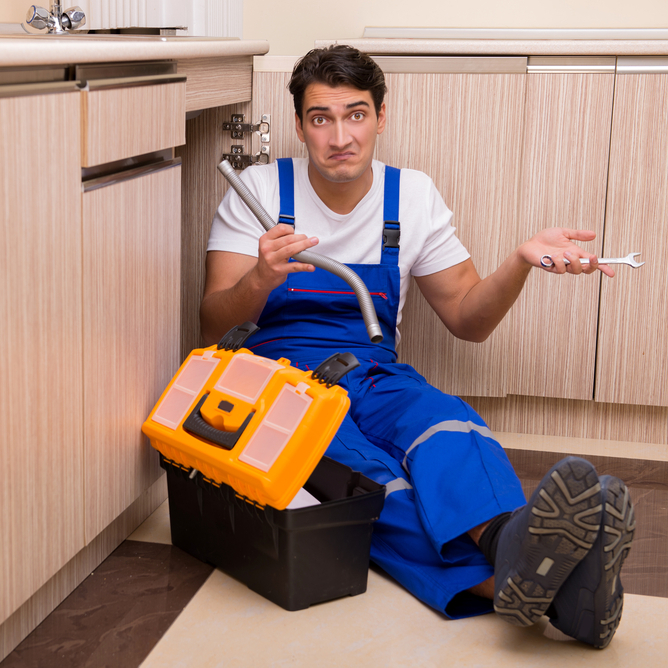Knowing When to Attempt Piping Fixes On Your Own vs. Calling a Skilled Plumber
Knowing When to Attempt Piping Fixes On Your Own vs. Calling a Skilled Plumber
Blog Article
They are making a few good points on When to Call a Plumber? DIY or Professional Help overall in this post down below.

Introduction
Pipes issues can range from minor hassles to major headaches, frequently triggering homeowners to decide between tackling the problem themselves or hiring a professional plumbing technician. Recognizing when to do it yourself and when to seek professional assistance can save time, cash, and stop prospective disasters. This write-up checks out the variables to take into consideration when making this essential choice.
Benefits of Do It Yourself Plumbing
Tackling plumbing jobs yourself can be rewarding in numerous means, specifically for less complex tasks.
Complexity of Tasks
Some pipes problems need customized expertise and tools past normal homeowner abilities. Mishandling complicated troubles can lead to additional damages and costly fixings.
Safety and security Concerns
Collaborating with pipes systems includes risks such as exposure to water damages, possibility for electrical dangers, and managing tools inaccurately. Safety and security preventative measures have to be observed to avoid mishaps and make sure effective repair work.
Indicators to Call a Professional Plumbing Professional
Identifying when a pipes concern goes beyond DIY capabilities is critical to avoid intensifying problems.
Signs of Facility Problems
Examples include:
Motivate specialist treatment is needed to attend to these issues successfully and reduce damages.
Do It Yourself Plumbing Tips
For effective DIY plumbing, it's essential to be prepared with the right devices and adhere to appropriate treatments.
Standard Devices and Products
Secret tools for DIY plumbing:
Step-by-Step Guides
Clear directions make certain safe and efficient DIY repairs:
Selecting the Correct Time to Do It Yourself
Determining when to tackle pipes tasks yourself needs analyzing both the complexity of the concern and personal comfort levels.
Analysis List
Think about:
Cost Financial savings
DIY pipes tasks frequently save cash by avoiding expert service fees. Jobs like fixing small leaks, replacing faucets, or mounting new showerheads are examples where home owners can deal with fixings without working with a plumbing.
Skill Improvement
Engaging in do it yourself plumbing supplies a chance to find out and enhance sensible skills. Standard jobs encourage house owners to recognize their plumbing systems far better and acquire confidence in taking care of tiny fixings independently.
Risks of Do It Yourself Plumbing
While do it yourself tasks offer advantages, particular threats need to be very carefully considered prior to trying fixings.
When to Most Definitely Call an Expert
Certain situations require prompt professional attention to stop substantial damage or safety and security dangers.
Emergency Situations
Instances consist of:
Searching for and Hiring a Specialist Plumbing Professional
Choosing a certified plumber makes certain reputable service and satisfaction in settling pipes concerns.
Standards for Selection
Factors to take into consideration:
Price Evaluation: do it yourself vs. Expert Providers
Comparing the economic ramifications of DIY efforts versus specialist pipes solutions aids in making notified decisions.
Financial Considerations
Examine:
Conclusion
Deciding whether to do it yourself or call a professional plumbing professional rests on recognizing the intricacy of pipes concerns and personal abilities. By weighing the advantages and risks, homeowners can make informed options that advertise reliable upkeep and protect their homes from plumbing disasters.
DIY vs. Professional Plumbing Repairs: When to Call a Pro
When dealing with plumbing issues or embarking on renovation projects, homeowners have to decide whether or not they want professional help with their home’s plumbing system. While master plumbers can complete just about any plumbing project, they can cost a pretty penny. On the other hand, DIY plumbing projects can very quickly go awry, which can make things worse.
In this blog, we’ll explore common plumbing projects that homeowners can confidently tackle, provide insights into the essential tools needed, and discuss critical DIY mistakes to avoid. Understanding these distinctions not only helps in maintaining the efficiency and longevity of your home’s plumbing system but also ensures safety and cost-effectiveness in your repair endeavors.
Installing/Replacing Certain Plumbing Fixtures
Most homeowners should be able to install new plumbing fixtures or replace old ones that are damaged or old. Using basic tools, you should be able to effectively:
Replace faucet washers or cartridges Replace showerheads Install a new toilet seat Hook up new appliances Replace hose bibbs Unclogging Drains
You should also be able to fix any clogged drains within your home by using a plunger, plumber’s snake, or natural solutions like baking soda and vinegar. These can often clear clogged sinks or bathtubs without needing professional drain cleaning assistance.
Fixing Running Toilets
Another plumbing issue many homeowners may be able to handle is a running toilet. Toilets may run more than they should due to a faulty flapper or float inside the tank. Toilet replacement parts are easy to find and often come with easy-to-follow instructions.
Repairing Leaky Faucets
A dripping faucet can not only be an annoyance, but it can also be a waste of water. Leaky faucets can normally be fixed with basic tools and a basic understanding of how they work, making them easy to fix.
Adjusting Water Heater Temperature
If you are able to follow basic safety precautions, you should be able to adjust the temperature on your hot water heater, which can improve your home’s energy efficiency and also increase comfort.
Fixing Minor Leaks in Pipes
For small plumbing leaks, particularly ones at pipe joints, using plumbing tape or a patch kit can be a temporary fix while you decide on a more permanent solution. Repairing broken pipes, however, can be more difficult and may require professional attention.

As an enthusiastic reader on DIY Plumbing Projects and When to Call a Professional, I think sharing that piece of content was a great idea. If you enjoyed our blog post if you please do not forget to share it. I thank you for your readership.
Schedule Estimate Report this page